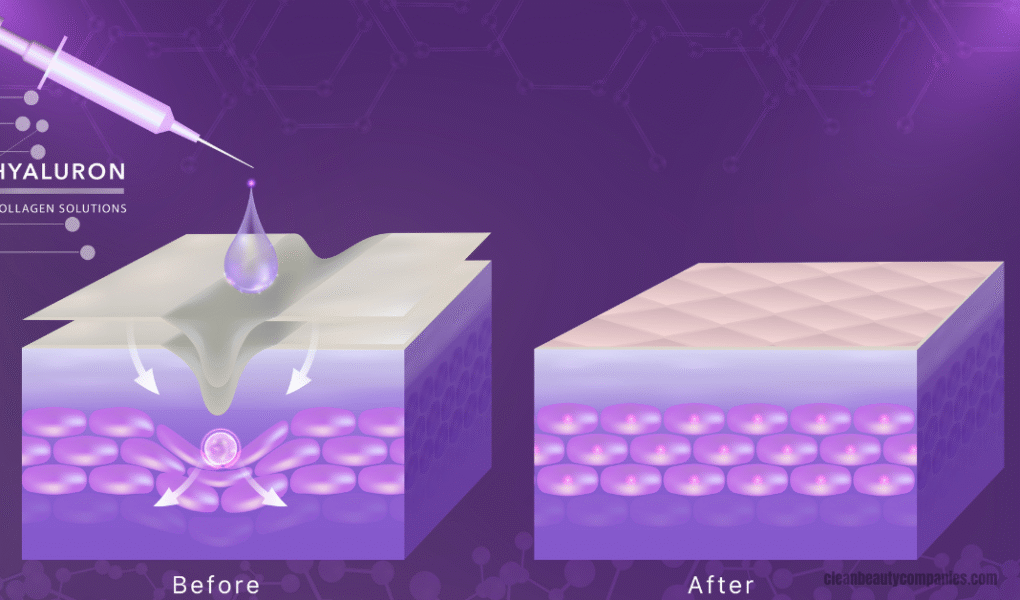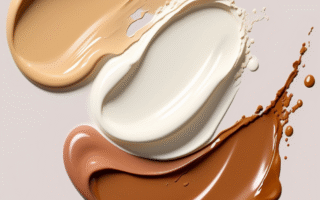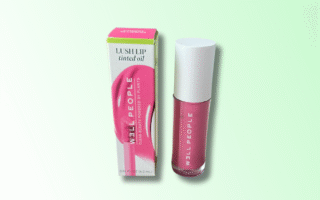Hyaluronic acid (HA) has been called a “miracle molecule” for decades. It’s naturally found in the body—in joints, eyes, and skin—where it cushions, lubricates, and keeps tissues hydrated. Orthopedic surgeons inject HA into knees. Dermatologists inject it into lips and cheeks. Ophthalmologists use it in eye surgery. When placed directly inside the body, hyaluronic acid is undeniably powerful.
But what about when it’s spread on the skin?
Ever since Eva Longoria leaned into the syllables—“hya-lauronic-acid”—in glossy commercials, HA has been beauty’s hydration heroine. It promises plumpness, dewiness, and fewer fine lines, all in a daily serum. The catch? Not all HA is created equal.
The Molecule Problem
Traditional hyaluronic acid molecules are too large to penetrate the skin. Think of them as oversized sponges—they sit on the surface, drawing in water, giving the skin a fresher, more hydrated look. This can soften fine lines, but only temporarily.
The New Wave: Low Molecular Weight & Nano HA
Modern formulations now combine different sizes of HA
- High molecular weight → sits on the surface, acts as a humectant.
- Low molecular weight → penetrates a bit deeper, helps hydration last longer.
- Nano HA → marketed as being small enough to reach deeper layers, though evidence remains mixed.
For example, Torriden’s Dive-In collection features “5D Hyaluronic Acid” (a blend of multiple molecular weights) to deliver hydration across levels of the skin’s barrier. Clever? Yes. Revolutionary? Debatable.
The Gold Standard: Injections
There’s a reason most facial fillers are made of HA—brands like Juvederm, Restylane, Belotero, and Teosyal rely on it for volume and contour. Injected HA integrates into tissue, plumps from within, and lasts 6–18 months before the body naturally breaks it down. Topicals can’t compete with that kind of potency.
The takeaway? Fillers can be powerful tools, but restraint often leads to the most timeless results.
So, Heroine or Hype?
Topical HA does work—just not in the miraculous, wrinkle-erasing way often implied. It’s a reliable hydrator, a skin-surface comforter, and a useful supporting player.
But if we’re crowning “hero” ingredients? Some might argue glycerin, a simpler humectant that penetrates more effectively and consistently, deserves the title.




[…] Hyaluronic acid has become a staple ingredient in both prestige and mass-market skincare, powering products from K-beauty to L’Oréal to high-end biotech-backed formulas. But is HA truly the skincare superhero it’s marketed as, or is it somewhat overhyped? We explored this question in more depth in a previous feature. […]